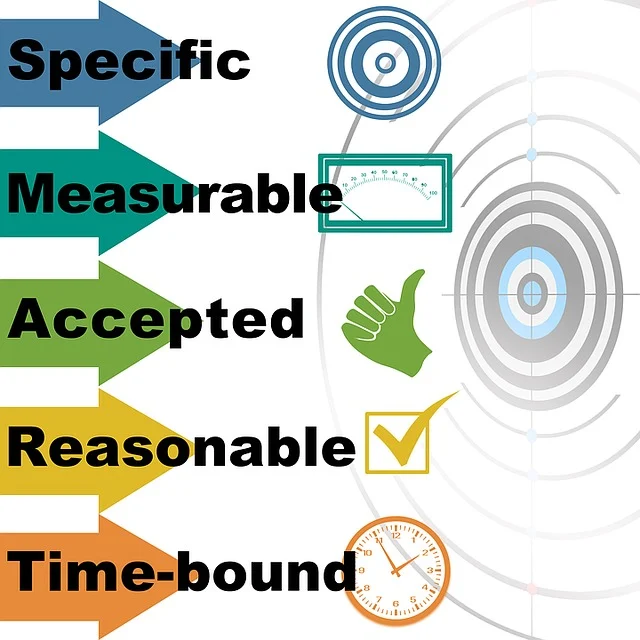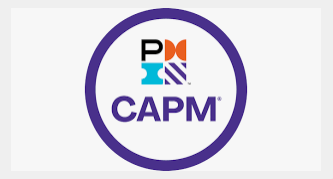
We define content creation as the process of generating varying formats of collateral that serve the needs of your intended audience to help build authority, credibility and utility between your target audience and your brand.
Content creation comes after you’ve done the research on your audience, defined your proposition and content marketing strategy and allocated adequate resources into the creation of this content to achieve your content marketing goals.
The error a lot of businesses make is jumping into the creation without the important steps in place.
There are a number of key stakeholders who can be involved in the creation of your content.
#1 Your online community
This is also known as User Generated Content (UGC), and involves your online audience and customers creating content that benefits your brand.
Examples include product reviews, customer testimonials and recommendations via social media.
This is an incredibly valuable method of content creation; a recent study by Reevoo found that 70% of consumers place peer recommendations and reviews above professionally written content.
People are more persuaded by a product or service that they know others already engage with and trust.
#2 Industry influencers
Every industry has its influential figures. These are the individuals who have positioned themselves as trustworthy authorities, whose names are synonymous with a particular area of expertise.
Associating yourself with these high-profile individuals can help to increase your brand’s visibility, as well as its credibility. Creating content, whether it’s a guest blog or product promotion, in collaboration with industry influencers can not only help you to nurture customer relationships.
it can amplify your message to a much wider audience.
#3 Third-party sources
Sometimes, collating and sharing relevant, interesting content from third-party sources can be equally valuable as creating it yourself!
This process, also known as curation, requires less time and effort than creating original content.
It can also help to establish your brand as an industry authority by sharing the knowledge and credibility of other authoritative industry sources
Online communities
There are your own fans and followers are an invaluable content inspiration source.
The amplification of their content can help humanize your brand and show you care about your audiences online.
How to leverage your online community for content creation:
- Through UGC also known as ‘User Generated Content
- Invite social audiences to share their content with you
- Reward and amplify this content with your audience for a wider reach
Your audience is more likely to resonate with and share your content if they feel they contributed to or collaborated on it.
Industry influencers. Every industry has its influential figures. These are the individuals who have positioned themselves as trustworthy authorities, whose names are synonymous with a particular area of expertise.
Associating yourself with these high-profile individuals can help to increase your brand’s visibility, as well as its credibility.
Creating content, whether it’s a guest blog or product promotion, in collaboration with industry influencers can not only help you to nurture customer relationships. It can amplify your message to a much wider audience.
You can identify industry influencers by searching on social media platforms such as Twitter and LinkedIn, or using social listening tools such as Topsy, BuzzSumo or Followerwonk.
Once you have pinpointed the most influential individuals, you should reach out to them via social media (or email, if you have their address), with a personalized message that demonstrates your appreciation of their thought leadership and why you want to collaborate.
If you’ve read a blog post they wrote, perhaps you could reference it in your note!
The screenshot on this slide is an example of creating content with industry influencers.
Pedigree wanted dog lovers to have an emotive reason to buy their product versus competitors. A report from Cone Communications stated that 90% of consumers would be prepared to switch brand that is aligned with a charitable cause.
Pedigree used Kirstyn Cole among a number of influencers who amplified the campaign by speaking about their own pet dogs through social posts, videos and blogs.
The influencer campaign Pedigree generated 43million impressions, 62,800 views on content and 9,300 blog engagements well exceeding their campaign targets.
Third-party conversations:
Don’t discount searching hashtags on Twitter, Facebook and Instagram for inspiration on what people are currently engaging with in relation to a specific topic.
Some brands seed their own hashtags and invite online audiences to submit their own thoughts or content.
Twitter Chats are a great way of doing this. Brands like Buffer and SEMRush create unique hashtags and conduct a weekly chat on Twitter, which promotes engagement and provides valuable industry insights.
They then aggregate these insights and turn them into content that they can distribute in the knowledge that a lot of invested participants will share. Responses and insights shared can help create content around thought leadership within your industry as content set pieces.
We define content creation as the process of generating varying formats of collateral that serve the needs of your intended audience to help build authority, credibility and utility between your target audience and your brand.
Content creation comes after you’ve done the research on your audience, defined your proposition and content marketing strategy and allocated adequate resources into the creation of this content to achieve your content marketing goals.
The error a lot of businesses make is jumping into the creation without the important steps in place.
There are a number of key stakeholders who can be involved in the creation of your content.
#1 Your online community
This is also known as User Generated Content (UGC), and involves your online audience and customers creating content that benefits your brand.
Examples include product reviews, customer testimonials and recommendations via social media.
This is an incredibly valuable method of content creation; a recent study by Reevoo found that 70% of consumers place peer recommendations and reviews above professionally written content.
People are more persuaded by a product or service that they know others already engage with and trust.
#2 Industry influencers
Every industry has its influential figures. These are the individuals who have positioned themselves as trustworthy authorities, whose names are synonymous with a particular area of expertise.
Associating yourself with these high-profile individuals can help to increase your brand’s visibility, as well as its credibility. Creating content, whether it’s a guest blog or product promotion, in collaboration with industry influencers can not only help you to nurture customer relationships.
it can amplify your message to a much wider audience.
#3 Third-party sources
Sometimes, collating and sharing relevant, interesting content from third-party sources can be equally valuable as creating it yourself!
This process, also known as curation, requires less time and effort than creating original content.
It can also help to establish your brand as an industry authority by sharing the knowledge and credibility of other authoritative industry sources.
Online communities
There are your own fans and followers are an invaluable content inspiration source.
The amplification of their content can help humanize your brand and show you care about your audiences online.
How to leverage your online community for content creation:
- Through UGC also known as ‘User Generated Content
- Invite social audiences to share their content with you
- Reward and amplify this content with your audience for a wider reach
Your audience is more likely to resonate with and share your content if they feel they contributed to or collaborated on it.
Industry influencers. Every industry has its influential figures. These are the individuals who have positioned themselves as trustworthy authorities, whose names are synonymous with a particular area of expertise.
Associating yourself with these high-profile individuals can help to increase your brand’s visibility, as well as its credibility.
Creating content, whether it’s a guest blog or product promotion, in collaboration with industry influencers can not only help you to nurture customer relationships. It can amplify your message to a much wider audience.
You can identify industry influencers by searching on social media platforms such as Twitter and LinkedIn, or using social listening tools such as Topsy, BuzzSumo or Followerwonk.
Once you have pinpointed the most influential individuals, you should reach out to them via social media (or email, if you have their address), with a personalized message that demonstrates your appreciation of their thought leadership and why you want to collaborate.
If you’ve read a blog post they wrote, perhaps you could reference it in your note!
The screenshot on this slide is an example of creating content with industry influencers.
Pedigree wanted dog lovers to have an emotive reason to buy their product versus competitors. A report from Cone Communications stated that 90% of consumers would be prepared to switch brand that is aligned with a charitable cause.
Pedigree used Kirstyn Cole among a number of influencers who amplified the campaign by speaking about their own pet dogs through social posts, videos and blogs.
The influencer campaign Pedigree generated 43million impressions, 62,800 views on content and 9,300 blog engagements well exceeding their campaign targets.
Third-party conversations:
Don’t discount searching hashtags on Twitter, Facebook and Instagram for inspiration on what people are currently engaging with in relation to a specific topic.
Some brands seed their own hashtags and invite online audiences to submit their own thoughts or content.
Twitter Chats are a great way of doing this. Brands like Buffer and SEMRush create unique hashtags and conduct a weekly chat on Twitter, which promotes engagement and provides valuable industry insights.
They then aggregate these insights and turn them into content that they can distribute in the knowledge that a lot of invested participants will share. Responses and insights shared can help create content around thought leadership within your industry as content set pieces.
Do you enjoy this article, add Our Posts to your Reading List.
To Get Email Updates when we post new contents, Click Here.
![]()









Leave a Reply